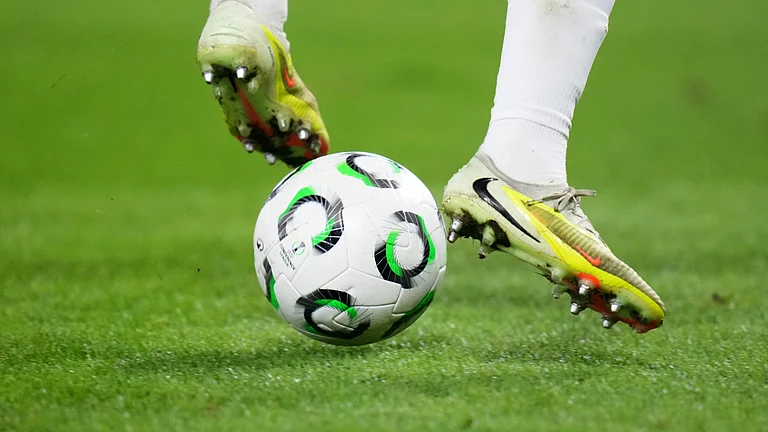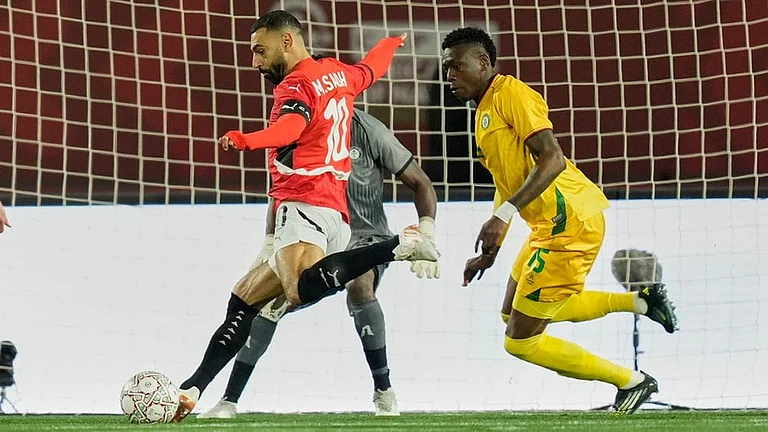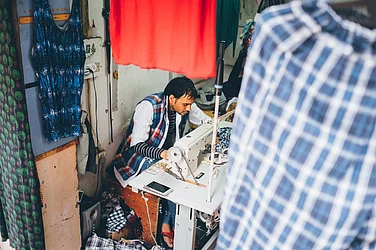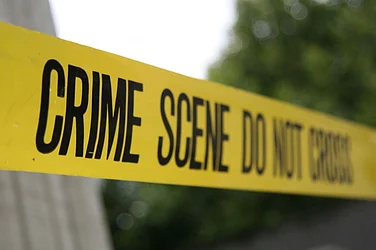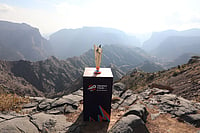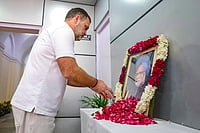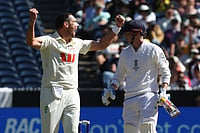In continuum physics, there is a category of materials called “materials with memory”. These materials often “remember” their past, which influences their present. Just like these materials with memory, the kyon (brass alloy) bowls of Ashok Talwar have their own memories. They remind you of a time when India and Pakistan were undivided, a time when kyon bowls from West Pakistani households like Talwar’s were regularly sent to the polishers for kadi (polishing), in order to keep them shiny and in shape. They also remind you of the violence and sorrow of the Partition and the Talwar’s subsequent journey to the newly formed India, in the trunks packed by his family as they hurriedly left their ancestral home.
Today, the bowl sits inside a glass case inside the Partition Museum in New Delhi, a repository of heirloom objects that were once owned by Partition survivors and passed down generationally, just like the memories of the survivors that continue to live on in the minds of their kin.
In her seminal essay Holocaust Photographs in Personal and Public Fantasy, Marianne Hirsch—the academic author and daughter of holocaust survivors—introduced the concept of “post memory”. Memories that, like objects, are passed on generationally. Founded by Kishwar Desai, the Partition Museum too is a work of post memory. It tries to tap into the memories of survivors through their possessions in an effort to convert personal memories into collective “post-memory”.
“An event like the Partition cannot be encapsulated in statistics and news reports. It is something that has shaped the political as well as the socio-cultural trajectory of India and Pakistan,” says Kishwar Desai, founder and director of the Museum, which first opened in Amritsar. In it, the ordinary, the everyday, the personal, find themselves ensconced right in the middle of the political. Household objects that people carried across the border, letters and postcards, notebooks in Urdu, wedding photographs lie scattered in glass cases amid newspaper cutting and documentary photos of violence and migration. Perhaps to help the visitors connect the dots between the personal and the political.

Nirmala’s Boski Cloth
Born in Peshawar, Nirmala Kapoor was just 16 and engaged to be married when the Partition happened and violence engulfed her city. She and her family managed to move some essential belongings and clothes by train to Panja Sahib Gurudwara where her would-be in-laws were put up. In her belongings, Nirmala carried with her some traditional Boski cloth, popular in Pakistan, which her in-laws had gifted her. As the violence grew and communal mobs ransacked, raped and killed members of the other community, people fled their homes and villages in ships, boats, trains, bullock carts and even on foot to cross the border. On their way from Panja Sahib to Chhatwal, Nirmala’s family witnessed many such incidents. They used the boski cloth to tie up wounds of some of the fellow migrants who were injured in the violence. Nirmala has donated a petticoat made out of the same cloth to the museum.

Ashok’s kyon Bowl
Naraina resident and former businessman Ashok Talwar recalls that in the months after the Partition, the situation in Delhi was very chaotic. Back then, “occupying” houses vacated by Muslim families was the only way to ensure one had a home, he says. He remembers a story that his grandmother had later narrated. “While we were in the refugee camp, we were served meals including chapatis. The chapatis were okay for elders, but they were very hard to chew for a small child like me,” he says. At the time, the family could not carry much with them apart from a few kyon (brass) utensils. Even today, the bowls have been kept by his family and Ashok hopes that by keeping it in a museum, future generations can understand the hardships that their ancestors went through. “Today, people have forgotten what really happened and how terrible it was,” he says.

Sethi’s Refugee Colony Plaque
The incoming refugees from Pakistan created a housing and resource crisis in Delhi. This was despite authorities setting up set up the Refugee Cooperative Housing Society—which was registered on June 14, 1950—to rehabilitate the refugees from West Pakistan. The society was inaugurated in 1959 by the then Prime Minister Jawaharlal Nehru who renamed the colony as “Punjabi Bagh”, as a token to the enduring resilience the community. He said in his speech: “You all are hard workers. Don’t call yourselves refugees anymore.” This is the image of a spade used by Nehru at the time of the inauguration, commemorating the collective effort of the community to integrate in a new land, often with nothing, but the bare minimum.

Ram Pyari’s Chequebook
When India became an independent nation in the August of 1947, Ram Pyari Anand was a widow in her 40s, living in Sialkot with the youngest of her four daughters. She had some money in the Bank of Sialkot, which included whatever her husband had left behind. When the Partition happened, the young widow had no time to collect anything. She and her unmarried daughter left in a hurry overnight with just a small cloth “potli”. But she managed to carry with her a chequebook that belonged to her. Ram Pyari passed away in 1997. Her grandson Nawal Kant Sethi says, “My nani was convinced till her last breath at the age of 98 that all her money was safe in the banks of Pakistan and that one day, it would come back to her. But it never did. My father and I fought a legal case for 15 years and even approached the Reserve Bank of India and several banks in Pakistan, but in vain,” he sighs.

The Meter Box from Pakistan
In Delhi’s Partition Museum is a meter box from Delhi resident Priyanka Mehta’s grandmother’s house in Lahore. The current residents of the house, the Iftikar family, had kept the meter box, in case someone ever came back from India to collect it. And someone did. When Priyanka travelled to her grandmother’s house in Lahore, she was stunned to find the meter box handed to her as a memento. Tapping into post memory is a powerful way to help future generations remember things that they never saw. According to Noor Ahmed who works with the Citizens Archive of Pakistan’s Oral History Project, the experience of partition extends beyond the generation that directly witnessed it. “Its impact has reverberated through subsequent generations,” says Ahmed.
(This appeared in the print as 'Reminders of the Partition')








